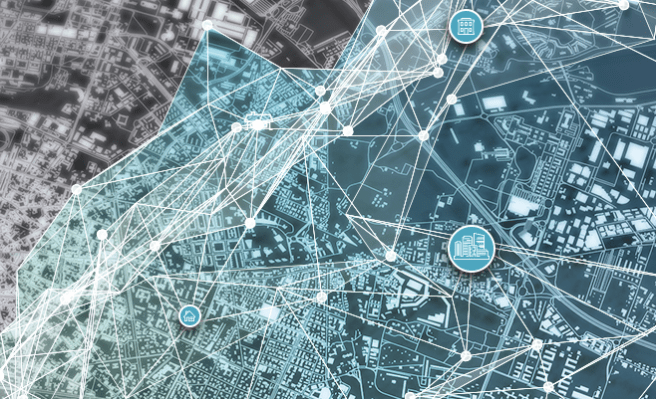Where did the water coming out of your tap come from? How is it filtered and purified? How much does it cost the city and state per gallon to deliver? How can they improve that? These and other questions come naturally as fresh water becomes more and more valuable a resource — and we need a shared, open ‘internet of water’ to answer them, say researchers from Duke University and the Aspen Institute.
With natural disasters like droughts and flooding, and with man-made problems like overcrowded cities and factory runoff, the water system is frequently overtaxed and understudied. Local authorities and utilities produce reams of data on use, but there is little in the way of national databases, let alone standardized, open datasets.
“Our water world is data rich, but information poor,” explained Martin Doyle, of Duke’s Nicholas Institute. “If water data were shared openly and then integrated in a common digital platform, there would be game-changing opportunities ranging from private citizens’ ability to gauge the quality of local water to public officials’ ability to warn populations of water-borne public health hazards.”
It’s not that some utility guy in Minneapolis wants to know the dollars per gallon being paid by someone in Phoenix. It’s really more of a missed Big Data opportunity. The wider your perspective and the more data you have, the better you can make decisions as to how to optimize parts of the system, both at the macro and micro level.
But collecting and analyzing that data isn’t free, let alone building a resource sharing system at a national level. So what researchers need to do, the researchers concluded, is explicate in very clear terms the benefits of doing so. After all, what cash-strapped state agency would shell out millions for some newfangled data effort when that money could be put into its existing, working services?
The researchers assert that water and water data are extremely under undervalued. They hope that by examining existing data collection efforts, like those done in California during the latest major drought, they can show tangible benefits to this kind of open, accessible data.
That said, it’s not like fresh water is getting any easier to come by; scarcity and seasonal fluctuations are problems that will only get worse as natural resources are depleted and populations grow.
“With finite water resources and growing demand for them, we need open and accessible data to help us navigate tradeoffs,” said Greg Gearheart, of California’s State Water Board.
This hypothetical “internet of water,” as the Duke team likes to call it, would be a clearinghouse for water data of all kinds, from all municipalities. Everyone from curious citizens to government data scientists and app developers would be able to access it.
